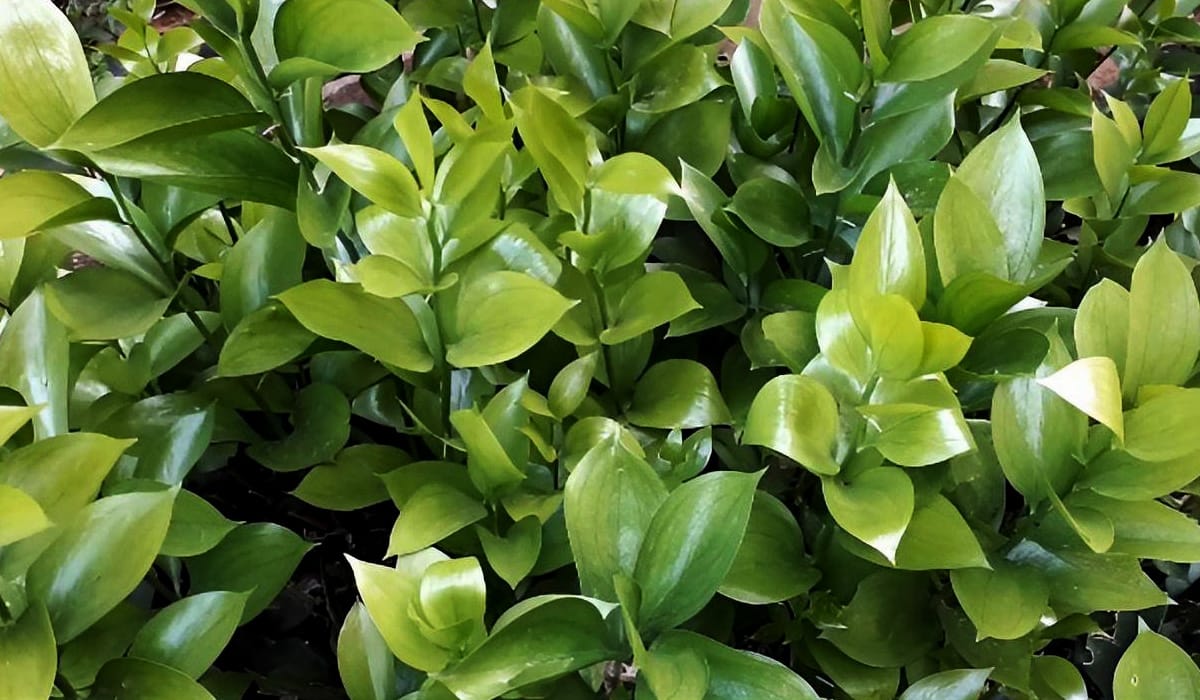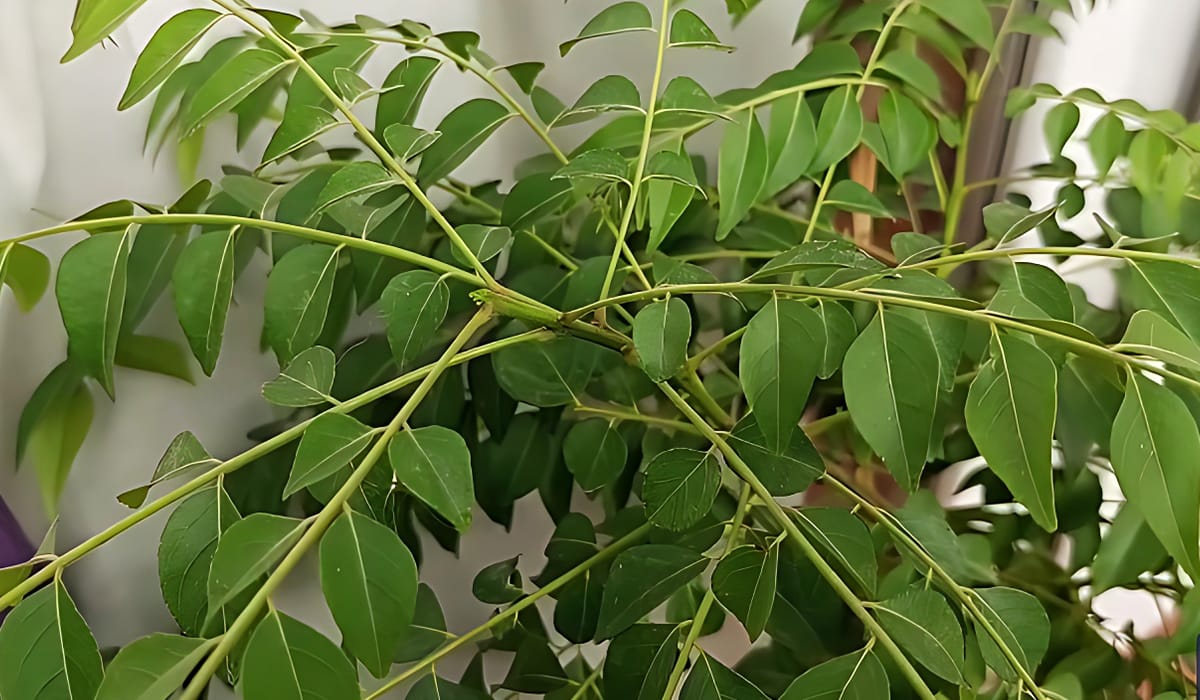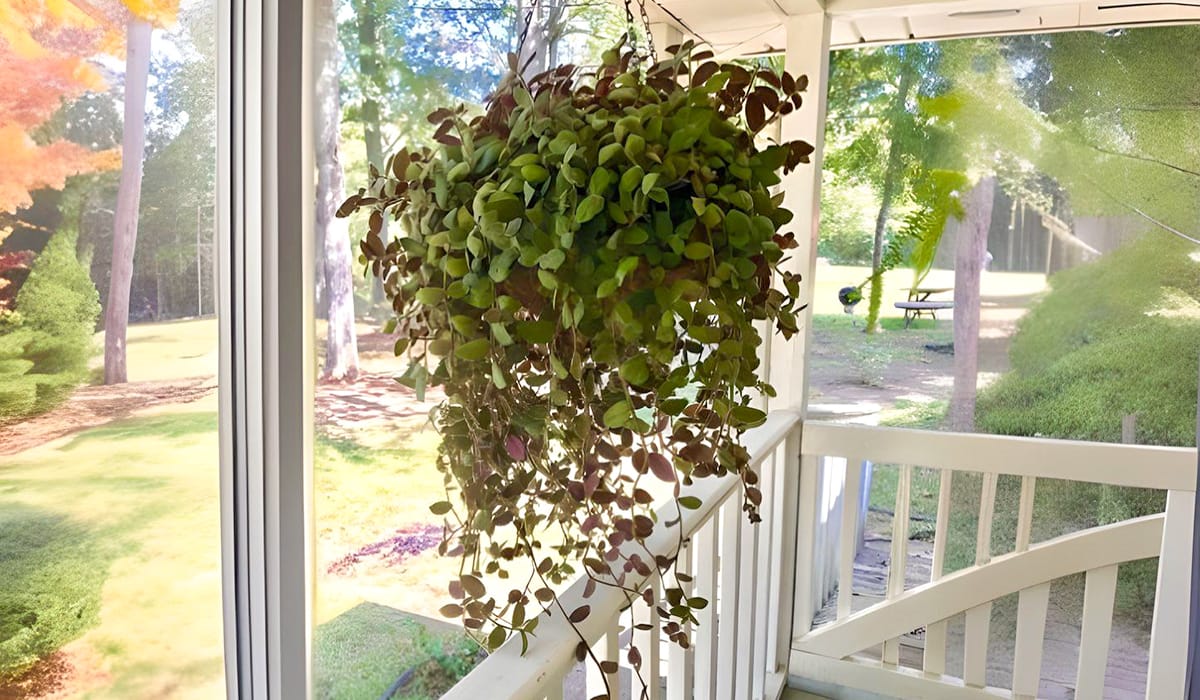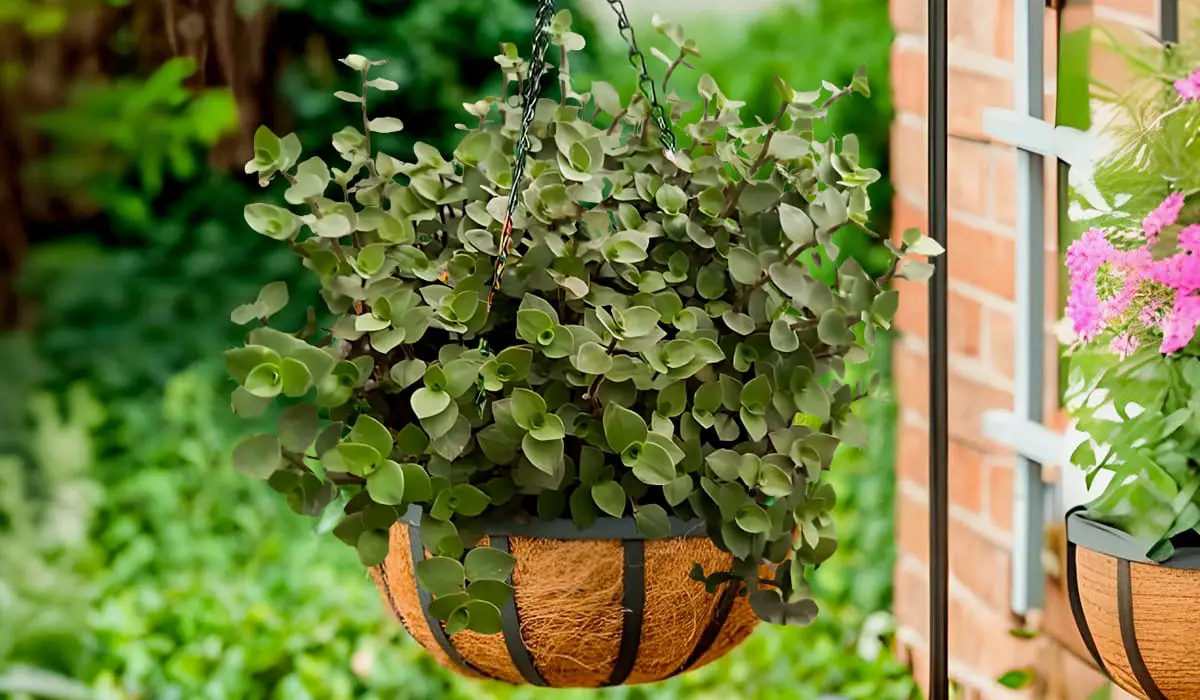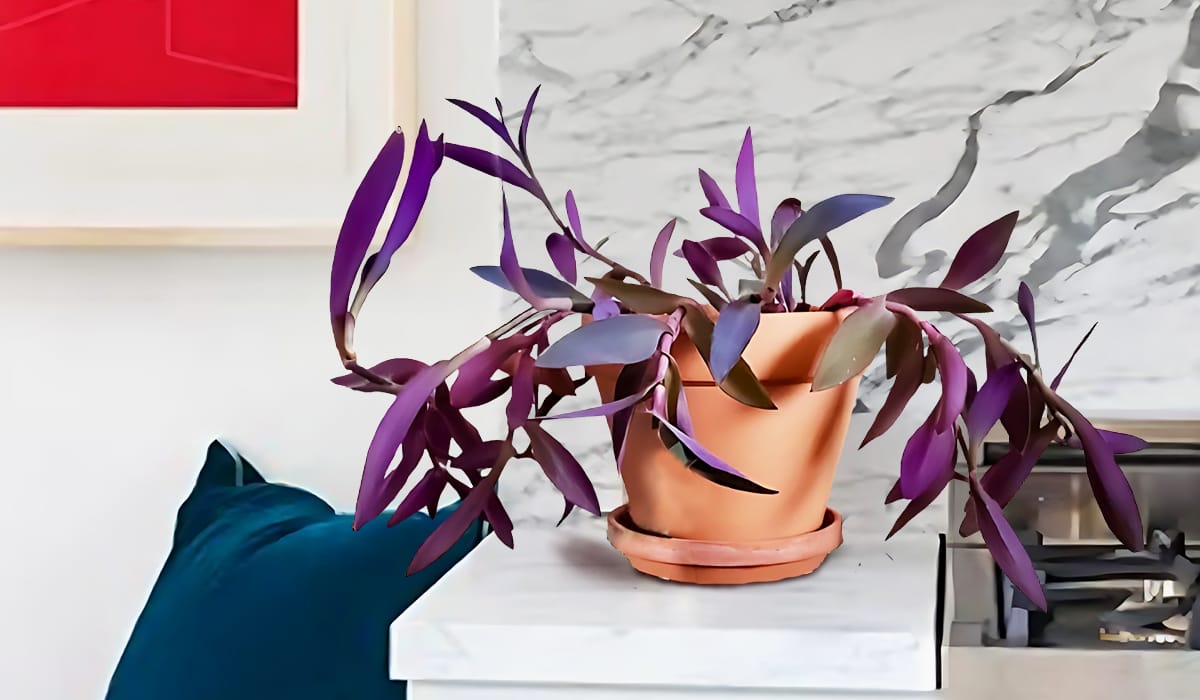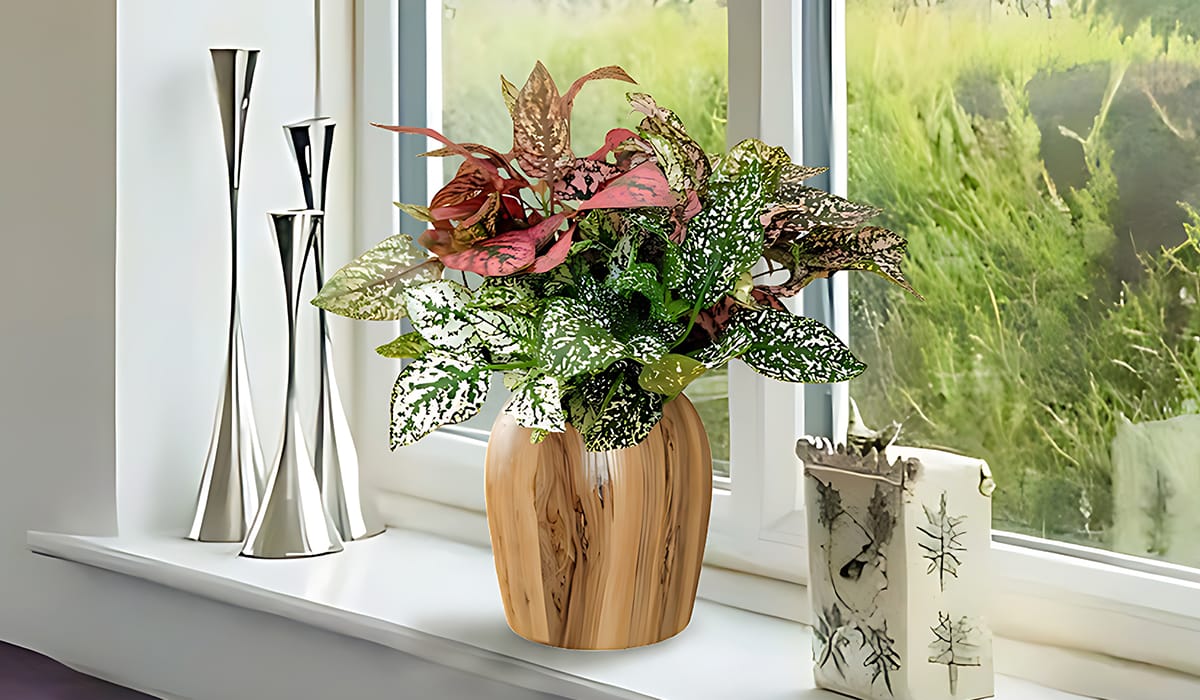House plants bring joy and vibrancy to our indoor spaces, but sometimes, even the most attentive plant parent may find themselves puzzled by a droopy prayer plant. Maranta leuconeura, commonly known as the prayer plant, is renowned for its striking foliage and unique leaf movement. However, when those leaves start to sag, it can cause concern. In this article, we'll explore the potential reasons behind a droopy prayer plant and offer practical tips to revive its vitality.
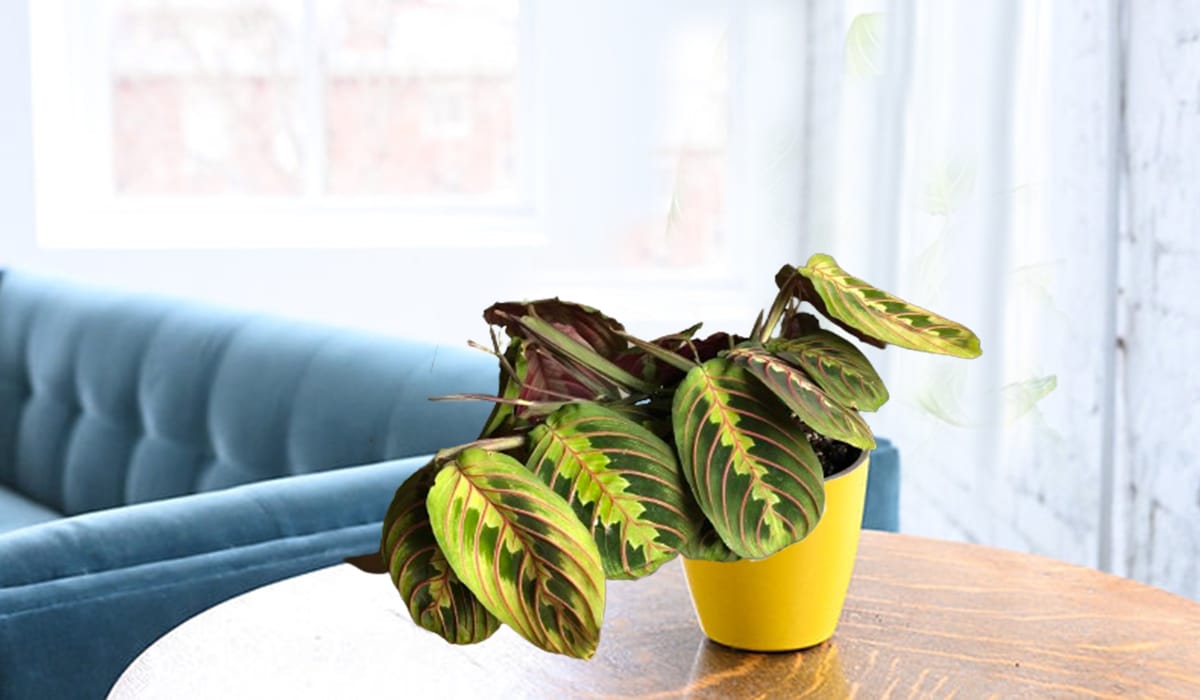
The Nature of Prayer Plants:
Before delving into the reasons behind a drooping prayer plant, it's crucial to understand the natural behavior of these captivating houseplants. Prayer plants are known for their nyctinastic movement, meaning their leaves respond to light changes by opening and closing. The leaves move upward throughout the day, resembling praying hands, and they typically relax and hang in the evening.
Reasons for a Droopy Prayer Plant:

Watering Issues: Overwatering or underwatering can both contribute to drooping leaves. Prayer plants prefer consistently moist but not waterlogged soil. Ensure that the top inch of the soil is slightly damp and water when it starts to feel dry. Conversely, the roots may suffocate if the soil is consistently soggy, leading to drooping.
Lighting Conditions: Prayer plants thrive in bright, indirect light. If your plant is not receiving enough light, it may respond with drooping leaves. Conversely, too much direct sunlight can scorch the delicate leaves, causing them to wilt. Find a balance by placing your prayer plant in a location with filtered sunlight.
Humidity Levels: Prayer plants are native to the tropical regions of South America and thrive in high humidity. If the air in your home is too dry, the plant may exhibit drooping leaves. Increase humidity by misting the leaves, placing a water tray near the plant, or using a humidifier.
Temperature Extremes: Prayer plants prefer temperatures between 65°F to 75°F (18°C to 24°C). Exposure to drafts or sudden temperature changes can stress the plant, leading to drooping. Ensure a stable and moderate temperature in the plant's environment.
Root-bound Conditions: Over time, prayer plants can become root-bound if not repotted regularly. Check the roots and repot the plant if they are tightly packed. Fresh, well-aerated soil will give the roots the necessary nutrients and space to grow, preventing drooping.
Pests and Diseases: Inspect your prayer plant for pests such as spider mites, scale, or mealybugs. Additionally, fungal infections or root rot can contribute to drooping leaves. Treat the plant promptly with natural remedies or appropriate pesticides if pests or diseases are detected.
Reviving Your Droopy Prayer Plant:
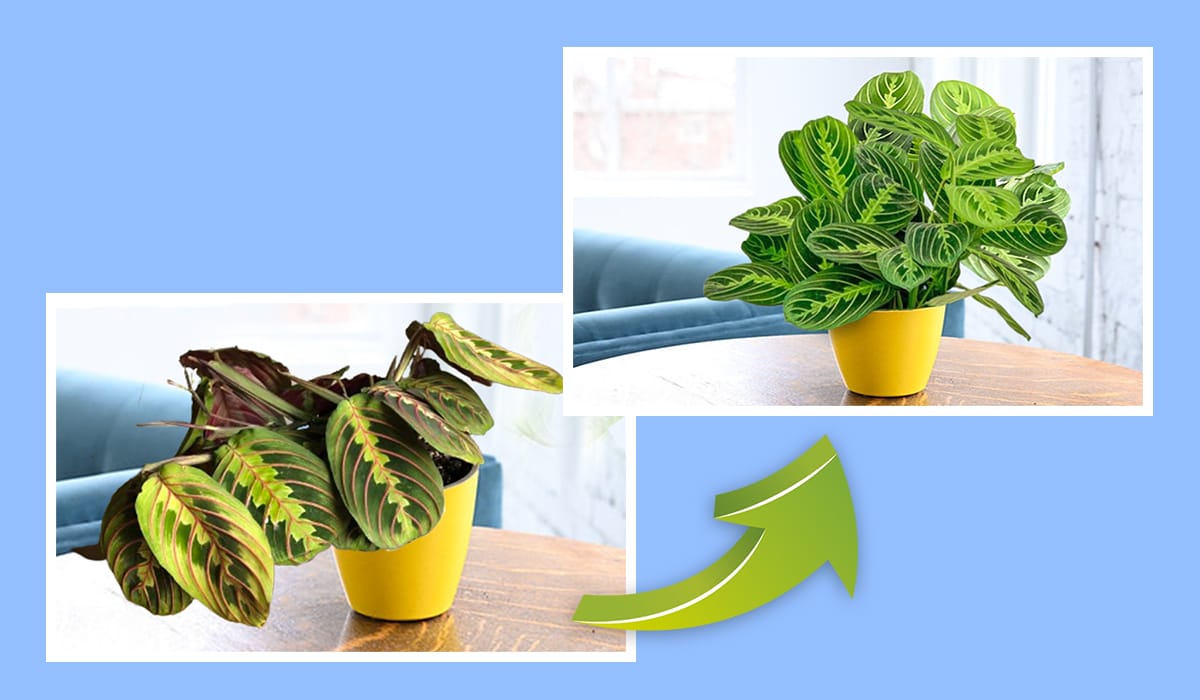
Adjust Watering Habits: Allow the soil to dry slightly between waterings, and ensure proper drainage to prevent soggy conditions.
Evaluate Lighting: Find an ideal location with bright, indirect light and protect the plant from harsh sunlight.
Boost Humidity: Increase humidity around the plant using methods like misting or placing a humidity tray nearby.
Maintain Optimal Temperature: Shield the plant from drafts and maintain a consistent temperature range within its preferred limits.
Report if Necessary: Check the root system, and if the plant is root-bound, repot it into fresh, well-draining soil.
Inspect for Pests and Diseases: Regularly inspect the leaves and soil for signs of pests or diseases, treating any issues promptly.
wrapping up
The sight of a droopy prayer plant may initially cause concern, but with a bit of detective work and proper care adjustments, you can revive your plant's health and enjoy its vibrant foliage once again. By addressing factors like watering, lighting, humidity, and potential pests, you'll ensure that your prayer plant thrives and brings beauty to your indoor oasis.
For more detailed information on Pothos Plant care,
check out our article: Prayer Plant – How To Propagation and Care at Home
Consider expanding your indoor plant collection with other easy-to-care-for plants like
- Pink Chinese Evergreen
- Fiddle Leaf Fig Tree
- Monstera Albo
- Snow Queen Pothos
- Cousin It plant
- Snow White Waffle Plant
Each of these plants offers its unique charm and benefits.
Thanks for reading this article. if you have any questions, you must comment and contact our team. don't forget to share this article with your friends.

